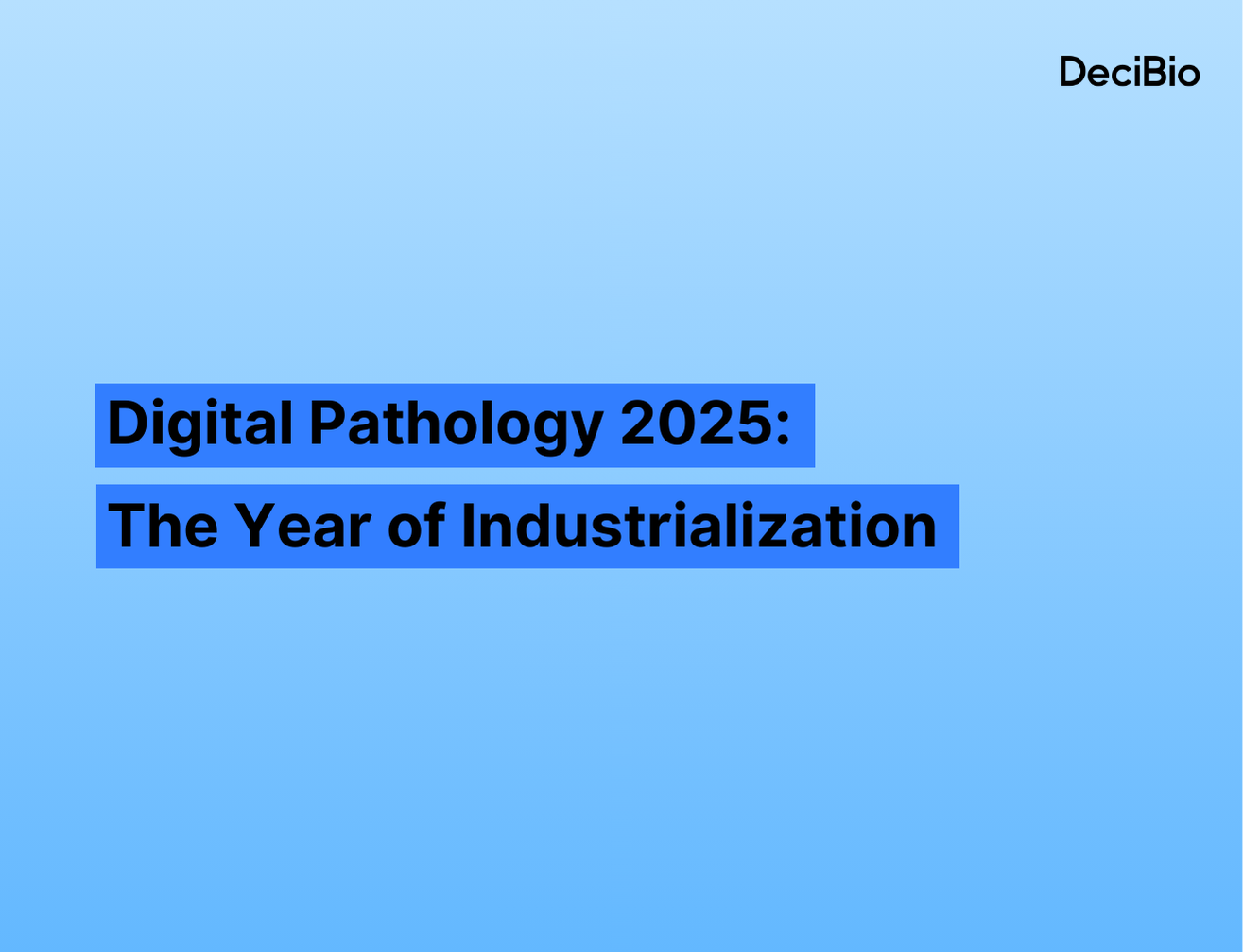With record investment going into next-generation therapies, we take stock of the field and make our predictions for what 2022 will bring for gene and cell therapies. Let us know what you think and what your predictions are. If you are interested in taking a closer look at assets in development across the field, contact us for a demo of DeciBio’s TheraTrack program database.
.png)
Oligos and mRNA:
Oligos have been overshadowed by mRNA due to the present pandemic but are solidifying their place as viable therapeutic modalities. The club of approved blockbusters gained one more member in inclisiran (Leqvio), which finally earned U.S. approval at the end of the year. This drug alone could be a mega blockbuster and represents the first oligo meant to potentially address a large patient population. The challenge is no longer proving out the modality, but rather, large-scale manufacturing and marketing / roll-out. Despite a few failed trials this year (Roche / Ionis’ Tominersen for Huntington’s disease, and Biogen / Ionis’ Tofersen for ALS), the field is expected to continue to develop ground-breaking drugs.
mRNA continues its banner period with the pandemic having helped prove-out large-scale manufacturing and biological delivery for local uptake using lipid nanoparticles. As a direct therapeutic agent, mRNA will continue to face the same hurdles that existed before COVID, namely bioavailability and delivery issues. Potential near-term indications within infectious disease, such as seasonal flu, have also stumbled, and still face significant development efforts.
As an editing tool in the context of CRISPR, however, mRNA is finding another sweet spot given the miniscule dosing requirements for this application. Intellia Therapeutics demonstrated the use of mRNA encoding for the Cas9 enzyme to knockout the TTR gene in humans in what was a major accomplishment. Several other companies are taking similar approaches utilizing mRNA for non-viral gene editing (Verve Therapeutics) and will continue to be a major potential use-case for mRNA outside of infectious diseases.
So, what will we see in 2022?
• Submission of Fitusiran (Sanofi) for FDA approval
• Approval of Novo Nordisk’s (legacy Dicerna) Nedosiran
° This would compete directly with Alnylam’s Lumasiran (Oxlumo). There were early hopes that Nedosiran would address all three types but that has failed to materialize. This makes Nedosiran comparable to Lumasiran, which has enjoyed a significant head start, having been approved in November 2020.
• Strained production capacity for oligos with the launch of inclisiran, excess production capacity on the mRNA side as COVID vaccine dose production begins to wane
Cell Therapies:
Cell therapies have demonstrated success with approved autologous CAR-T products. The field is moving to allogeneic therapies to ease manufacturing, patient workflow / logistics and turnaround time, but there have been durability issues with these therapies (Precision Biosciences, Allogene, CRISPR Therapeutics). Despite this, allogeneic approaches are slated to overtake autologous ones, which will bring about their own manufacturing challenges around donor-derived therapies. To overcome some of these durability questions, certain groups are exploring Gamma delta T cells such as Adicet Bio and Takeda, who acquired long-time collaborator GammaDelta Therapeutics in the fall of 2021.
What will 2022 bring?
• Continued interest in gamma delta T cells with programs advancing through clinical development
• At least one marquee acquisition to try to get ahead of allogeneic competition
• Development of a (tool) ecosystem to facilitate decentralization
° We expect there to be more end-to-end solutions available to facilitate all aspects of therapy development, generally.
Viral Gene Therapies:
The field still faces challenges around safety and potential immune reactions. Pfizer just announced a tragic death in their trial for Duchenne muscular dystrophy. Astellas (legacy Audentes), sadly, also saw multiple deaths in their trial for X-linked myotubular myopathy this year. Additional challenges persist with CMC and manufacturing (as we previously covered), but these are starting to resolve with the FDA providing additional guidance. Despite all this, investments, partnerships, and acquisitions in the space have not slowed down, with Novartis acquiring Gyroscope Therapeutics only days ago.
What do we think we’ll see in 2022?
• Continued toxicity / immune reaction issues, and efforts to address them
• Continued emphasis on manufacturability early and as a key differentiator
• At least one acquisition or significant partnership driven by pharma trying to stake (or solidify) their claim in gene therapies
• A start to pipeline paring given the questionable viability of Nth to market competitors
° There are > 200 programs in development across only ~100 discrete indications from DeciBio’s TheraTrack – Viral Gene Therapies
• At least two new drug approvals:
° BioMarin Roctavian - hemophilia A
This could be the first gene therapy for hemophilia A, with Pfizer / Sangamo close behind with their own candidate. BioMarin’s therapeutic was flatly rejected by FDA last year, which requested additional follow-up data. In new, 5-year data, the company demonstrated patients to still be largely symptom-free. However, waning Factor VIII levels call into question how much of a “cure” this therapy is, potentially opening the door for the other seven companies with programs in development. It’s unlikely, however, that the market could support all these potential products, and those still in preclinical development (Freeline’s FLT210) are years away at best.
° uniQure etranacogene dezaparvovec - hemophilia B
CSL Behring’s decision to acquire this asset may soon bear fruit for both companies. This would mark the first gene therapy approval for hemophilia B, with a second asset from Spark / Pfizer close behind. Several other companies have discontinued development of assets, including Takeda (legacy Shire).








